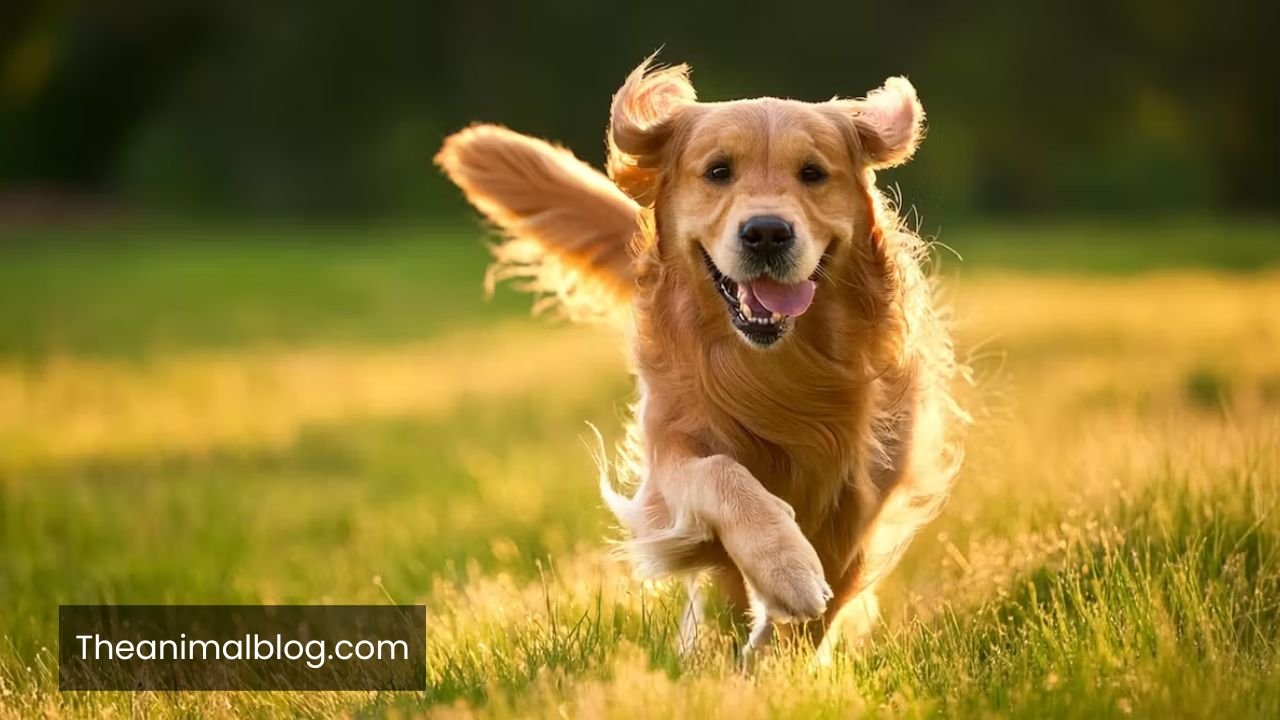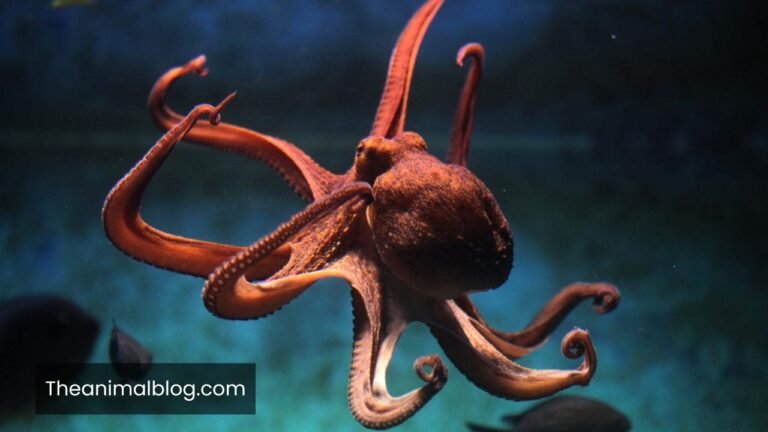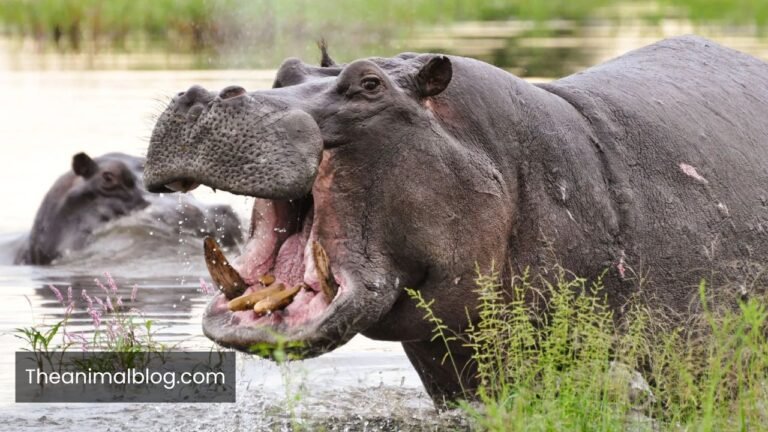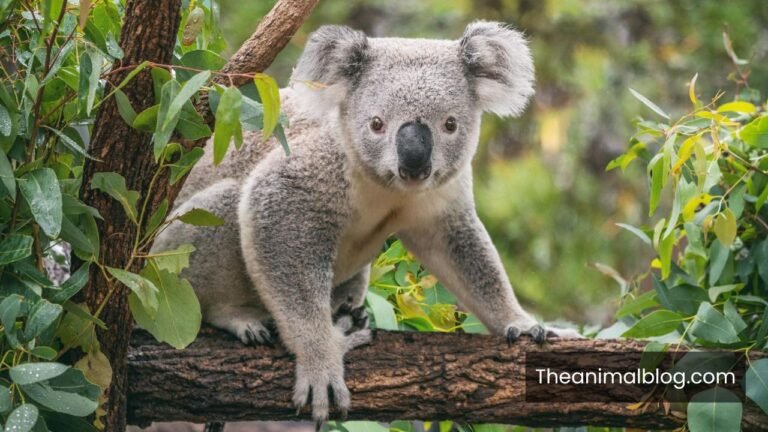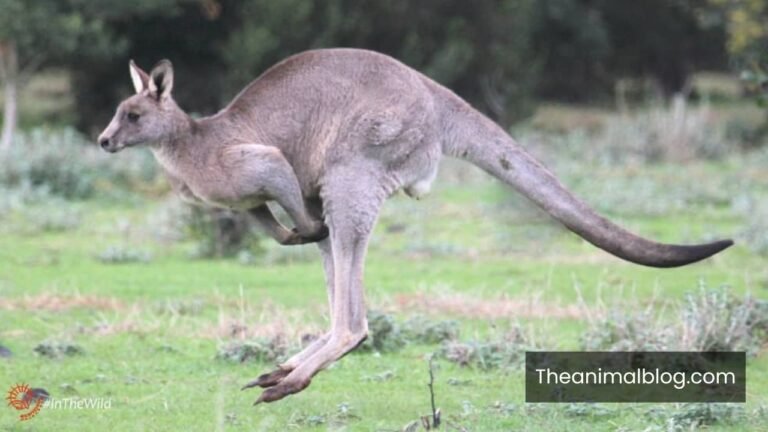Explore 12 Most Anxious Animals In The World
We will delve into the fascinating behaviors and traits that make these creatures particularly prone to stress in our exploration of the Top 12 Most Anxious Animals in the World. Understanding their anxiety highlights the importance of mental well-being across species. By the end of this article, you’ll gain insights into how environmental factors influence animal behavior and discover stunning images of these anxious beings.
Definition And Explanation Of Anxiety In Animals
Animals communicate their anxiety through body language, vocalizations, and altered behaviors. Anxiety in animals manifests as a complex response to perceived threats in their environment, often characterized by behaviors that indicate distress or fear.
For example, a dog may exhibit signs of anxiety by panting excessively, pacing, or hiding, while a cat might display withdrawal or aggression when faced with stressful situations.
The roots of most anxious animals can be traced back to both genetic predispositions and environmental factors. Animals that are isolated or lack companionship may experience heightened levels of anxiety, suggesting that social interaction plays a vital role in emotional well-being.
Recognizing the nuances of animal anxiety enriches our understanding of their psychological health and also emphasizes the importance of fostering environments where they feel secure and supported.
Most Anxious Animals In The World
Following are some of the most anxious animals in the world, showcasing a blend of fascinating behaviors and evolutionary traits. Each of these animals illustrates how anxiety is not just a human experience but a rich, complex facet of the animal kingdom.
| No. | Animals | Class |
| 1. | Dogs | Mammalia |
| 2. | Cats | Mammalia |
| 3. | Parrots | Aves |
| 4. | Horses | Mammalia |
| 5. | Hamster | Mammalia |
| 6. | Guinea Pigs | Mammalia |
| 7. | Fish | Actinopterygii |
| 8. | Monkeys | Mammalia |
| 9. | Turtles | Reptilia |
| 10. | Snakes | Reptilia |
| 11. | Rabbits | Mammalia |
| 12. | Deer | Mammalia |
Dogs
Class: Mammalia
Scientific name: Canis lupus familiaris
Dogs display their discomfort through body language and behavior (such as excessive barking, destructive chewing, or even withdrawal from social interactions ). Anxiety in dogs manifests in various forms, often stemming from environmental changes, past trauma, or genetic predispositions.
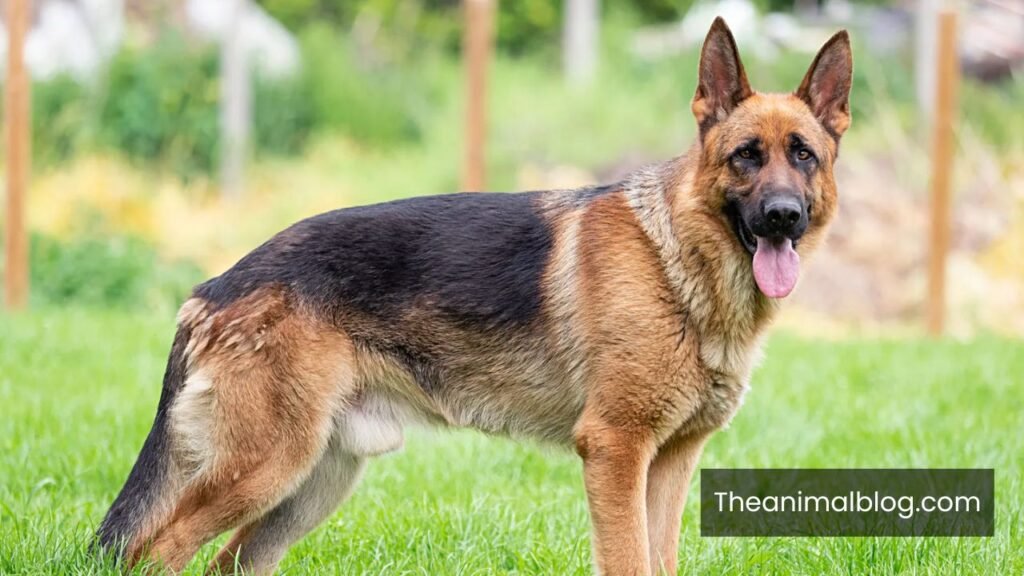
Recognizing these signs is crucial for pet owners; it allows them to address the underlying causes rather than simply managing symptoms. Dogs can experience anxiety in response to specific triggers, such as thunderstorms or separation from their owners.
Studies have shown that dogs can also pick up on their owner’s emotional states, potentially mirroring feelings of stress or unease. Owners can help alleviate their dogs’ anxiety and foster a sense of security by employing strategies like positive reinforcement training or providing safe spaces.
Interesting Facts: Dogs possess an incredible sense of smell, estimated to be between 10,000 to 100,000 times more sensitive than that of humans.
Cats
Class: Mammalia
Scientific Name: Felis catus
Anxiety in cats can manifest in various behaviors, often misunderstood by owners. These furry companions may display signs like excessive grooming, hiding, or vocalization. Cats don’t articulate their feelings, they communicate through body language and actions, making it essential for owners to observe subtle cues.

The roots of anxiety in felines can stem from numerous sources ( changes in environment, loud noises, or even the introduction of new pets ). Cats are creatures of habit, and disruptions to their routines can lead to significant stress. By creating a safe, predictable environment and providing enrichment, cat parents can alleviate anxiety and foster a sense of security in their beloved pets.
Interesting Facts: Did you know that cats can make over 100 different sounds? While dogs primarily communicate through barks and growls, cats have a complex vocal repertoire that includes purrs, chirps, and even trills.
Parrots
Class: Aves
Scientific Name: Psittaciformes
Parrots can experience anxiety due to changes in their environment ( such as a new home, the introduction of other pets, or even alterations in their daily routine ). Parrots may exhibit signs like excessive vocalization, feather plucking, or withdrawal, which serve as indicators of their distress. Understanding these behaviors is crucial for pet owners who wish to foster a healthy and enriching environment for their avian companions.
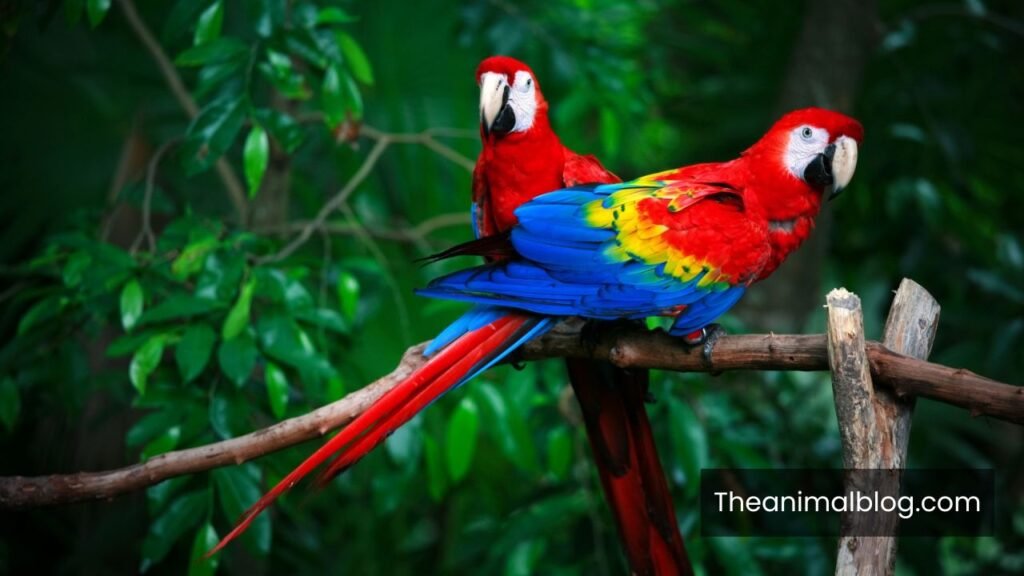
Parrots thrive on social bonding and mental stimulation, which means that a lack of engagement can lead to significant emotional turmoil. Recognizing the signs of anxiety and addressing them with compassion enhances a parrot’s well-being and also deepens the bond between bird and owner.
Interesting Facts: Parrots are not only vibrant in color but also possess remarkable cognitive abilities that often surprise their owners.
Horses
Class: Mammalia
Scientific Name: Equus caballus
Anxiety in horses manifests in various behaviors that can significantly impact their well-being and performance. These majestic creatures can experience stress due to environmental changes, social dynamics, or even training methods. A horse may exhibit signs of anxiety through excessive pacing, whinnying, or aggressive behavior when faced with unfamiliar situations.
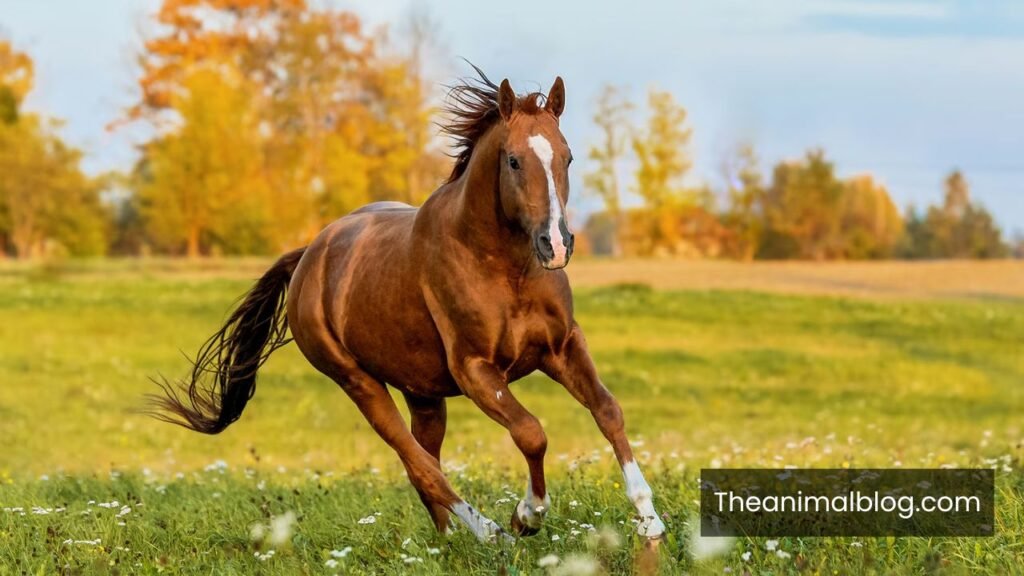
The bond between horses and humans plays a pivotal role in managing equine anxiety. Horses are highly sensitive to human emotions and body language. Creating a calm environment, employing consistent routines, and utilizing gentle training techniques can help alleviate anxiety. We can create supportive environments that reduce anxiety and also enhance their overall quality of life by recognizing the emotional landscape of horses
Interesting Facts: Horses also possess an extraordinary sense of emotional intelligence. They can read human emotions through facial expressions and body language.
Hamsters
Class: Mammalia
Scientific Name: Cricetinae
Hamsters may exhibit excessive grooming, repetitive pacing, or even aggressive behaviors when feeling anxious. These small creatures, often perceived as low-maintenance pets, experience stress in ways that reflect their innate survival instincts. They indicate a heightened state of distress that can stem from environmental factors, such as loud noises, changes in habitat, or the presence of unfamiliar animals.
Understanding anxiety in hamsters requires a closer look at their natural behaviors. In the wild, hamsters are prey animals. We can enhance their quality of life and also foster emotional well-being by creating a more stimulating environment.
Interesting Facts: One of the most surprising facts about hamsters is their remarkable ability to store food. These small rodents can hoard up to 20 times their body weight in grains and seeds.
Guinea Pigs
Class: Mammalia
Scientific Name: Cavia porcellus
These small rodents thrive in groups, and isolation can trigger stress responses that may lead to anxiety. Signs such as excessive vocalization, hiding, or aggressive behavior can indicate that a guinea pig is feeling overwhelmed. Understanding these signals is crucial for pet owners, as it allows them to create a more supportive environment.

Environmental factors play a significant role in shaping a guinea pig’s emotional well-being. Sudden changes in habitat, loud noises, or the introduction of new pets can exacerbate anxiety levels. This highlights the importance of maintaining a calm atmosphere and providing ample enrichment to soothe these sensitive creatures. Owners can help alleviate anxiety and promote happier by fostering a safe and stable environment.
Interesting Facts: Their social nature means they thrive in groups, making them not just pets but delightful companions that engage with their owners and each other in meaningful ways.
Fish
Class: Actinopterygii
These creatures, though seemingly simple, exhibit stress responses similar to those found in mammals. When faced with environmental changes ( such as fluctuating water temperatures, the presence of predators, or overcrowded habitats ), fish can display signs of anxiety through erratic swimming patterns.
Fish are now recognized as some of the most emotionally complex and anxious creatures in the animal kingdom. Studies have shown that their nervous systems react strongly to environmental stres. Understanding these dynamics opens up new avenues for improving fish welfare in both wild and captive settings.
Interesting Facts: Many species can detect electrical fields in the water, thanks to specialized cells called electroreceptors. This ability allows them to locate prey even in murky waters where visibility is low.
Monkeys
Class: Mammalia
Scientific Name: Platyrrhini
Monkeys may exhibit signs of distress through excessive grooming, pacing, or vocalizations when faced with unfamiliar situations or when separated from their social groups. These primates can experience anxiety due to environmental stressors, social hierarchies, or changes in their habitat.

Some studies suggest that certain monkeys display resilience to anxiety, often influenced by their upbringing and social interactions. Young monkeys raised in nurturing environments tend to develop healthier coping mechanisms compared to those exposed to stress or neglect. This highlights the importance of early life experiences and socialization in shaping not just behavior, but also the neurological pathways that govern emotional responses.
Innteresting Facts: Some monkeys even display forms of empathy, as seen when they comfort distressed companions or share food with those in need.
Turtles
Class: Reptilia
Scientific Name: Testudines
Turtles is often indicated through subtle behaviors such as prolonged hiding, reluctance to bask, or decreased appetite. A turtle that feels threatened might withdraw into its shell for extended periods, an instinctive response that reflects its desire for safety. Understanding these signs requires keen observation and a deep appreciation for their unique behavioral patterns.
Providing a well-structured environment that mimics natural habitats can significantly alleviate stress and promote overall well-being in these reptiles. Caregivers can foster a healthier and more serene living environment for these ancient creatures by recognizing and addressing the subtle cues of anxiety in turtles.
Interesting Facts: Turtles are remarkable beings with a rich evolutionary history that spans over 200 million years. One fascinating aspect of their biology is their unique ability to absorb oxygen through their skin.
Snakes
Class: Reptilia
Scientific Name: Serpentes
A snake may become more reclusive, retreating into tight spaces or burrows, which serves as both a protective mechanism and a response to stressors. These reptiles, often viewed as solitary creatures, exhibit anxiety primarily through their behaviors when faced with perceived threats or changes in their environment.
Environmental factors such as temperature fluctuations and habitat disturbances can exacerbate anxiety in snakes. They may display defensive postures or excessive tongue flicking, signaling heightened arousal. We can better appreciate their complex emotional landscapes and the importance of creating secure habitats for them by recognizing the subtle cues of anxiety in these fascinating creatures.
Interesting Facts: Their eyes are protected by a transparent scale known as a spectacle or brille, which not only shields their eyes but also aids in moisture retention. This adaptation allows snakes to thrive in diverse environments.
Rabbits
Class: Mammalia
Scientific Name: Oryctolagus cuniculus
Rabbits may display subtle signs like excessive grooming, hiding, or a sudden increase in aggression. These sensitive creatures can experience anxiety due to factors such as loud noises, unfamiliar surroundings, or the presence of predators.

The impact of anxiety on a rabbit’s health can be profound. Prolonged stress can lead to gastrointestinal issues, decreased immune function, and a reluctance to eat. They often exhibit calmer behaviors, highlighting the importance of social structures in their well-being. We can foster a more harmonious living situation that promotes both mental and physical health by recognizing and addressing anxiety in rabbits.
Interesting Facts: Intriguing fact about rabbits is their unique vision. With nearly 360-degree vision due to the positioning of their large eyes, they can detect predators from almost any angle.
Deer
Class: Mammalia
Scientific Name: Cervidae
These animals possess an acute sensitivity to changes in their surroundings, which is essential for their survival. Deer exhibit behaviors like increased vigilance, erratic movements, and changes in feeding patterns when encountering potential dangers, such as predators or human disturbances. Anxious deer may alter their migratory patterns or habitat use, opting for areas that offer greater security at the cost of access to food resources.
This response serves as a protective mechanism and also highlights the complex emotional landscape of these creatures. Prolonged anxiety can lead to physiological changes in deer, affecting their health and reproductive success. Understanding these nuances of anxiety in deer enriches our knowledge of wildlife behavior and also underscores the importance of preserving their natural habitats to mitigate stressors.
Interesting Facts: Their large, sensitive ears can detect sounds from great distances, while their keen sense of smell helps them navigate and evade predators.
Final Words
The world of animals is filled with fascinating creatures that exhibit a range of anxious behaviors, each unique to their species and environment. These animals remind us of the varied ways anxiety manifests in the wild. Understanding their behavior sheds light on their survival strategies and also emphasizes the importance of protecting their habitats to minimize stressors. Join us in advocating for wildlife conservation to ensure that these anxious animals can thrive in their natural environments.
Read More: Explore Symbolism and Spiritual Meaning of The Dog
FAQs
What is the most anxious animal in the world?
Cats are renowned for their sensitivity to their environment, which can trigger stress and anxiety. Loud noises, unfamiliar visitors, or changes in routine can result in heightened levels of fear and stress.
What is the highest anxiety?
The term “highest anxiety” refers to extreme anxiety levels that can manifest as intense fear or panic in various situations. This form of anxiety can be triggered by specific events, such as public speaking or social interactions.

